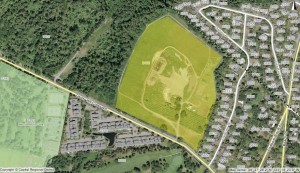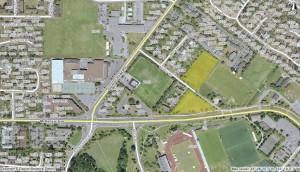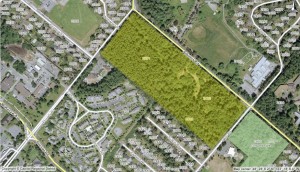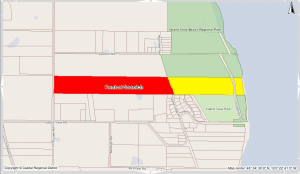Yesterday was the first day of the summit and after more than 12 hours of volunteering, I am glad the day is finally over, even if it was information-packed and fun. This morning brought the first of eight plenaries, all of which I managed to miss because of my volunteer work, but I will hunt to see if I can find any videos online. The whole program can be seen online.
After an excellent lunch in one of the Pan Pacific’s dining rooms and much kibbitzing amongst us volunteers, mostly students, about the real reason we volunteer was for the free food. As a workshop support volunteer, I ended up in the Sustainable Green workshop, something I never would have chosen myself but ended up quite enjoying. The focus was building sustainability into all procurement and purchasing policies. The moderator and one of the speakers was Tim Reeve of Reeve Consulting, who were working with the City of Vancouver on their new procurement policies.
But first up was Bob Purdy of the Buy Smart project, a project of the Fraser Basin Council. Around since 2005, they are a gathering place for the various governments and other groups to talk about sustainable purchasing policies and new ideas. His talk was high level, speaking about the trends, such as corporations starting to take social responsibility, or at least the veneer of it, seriously. General awareness is growing and their are success stories, such as he showed Walmart’s “sustainability” work. I am not exactly sold on Walmart being a green retailers, but they do control a good chunk of the Canadian market, so what they has a huge impact, regardless of what people think of them. He also emphasized that the of the major problems was the lack for concrete action, as many companies fail to do anything about their sustainability policies.
Next up was David Graham, Manager of Supply Management of the City of Vancouver. He spoke about, in his own words, “where the rubber met the road”. Vancouver is centralizing much of it’s procurement and at the same time, embedding sustainability principles into the new policies. These also build on Vancouver’s existing Ethical Purchasing Policy, which only covers agricultural products and clothing. While still in draft, the new policies are expected to go before council in November.
One of the questions raised was about compliance. Like bylaws, the City is going to take a complaint-based approach, due to lack of resources to carry out a lot of auditing, something the last speaker, from Transfair also touched on. I think that while I can understand why they are taking a complaint-based approach, I suspect the city is going to take a lot of heat when problems come up as people and organizations dig deeper into certain suppliers. This is especially true given that the city’s stated goal is not to cut off any supplier right away, rather work with them to raise their them up to the standard.
Last up was Michael Zelmer of Transfair, the Canadian labelling partner of the international Fair Trade Labelling Organization. His major point is that certification is actually about a relationship of trust. The purchaser must trust that the product actually meets the standards it claims to follow. As it impossible for a consumer to have a relationship with every single supplier, this is where the certification body comes in. It creates the single trusted source for the consumer, one that can be independently audited and determined.
Another key point he made was about what the fair trade label means, “that the product meets the certification”, and what it doesn’t, “that the company is ‘good'”. I think this is a key point, especially as Cadbury’s has recently announced that all Dairymilk bars are going to be made with fair trade cocoa and sugar. As the price of Dairymilk bars won’t rise brought us back to Vancouver, where the Vancouver Parks Board had decided to start selling fair trade coffee and chocolate bars, they chose to completely replace their coffee but had kept mainstream candy such as Dairymilk for fear of losing revenue.
All in all, it was a good little workshop. The four presenters worked well together,as they had all worked together at various points and were able to play off each other. The crowd was small, but that was apparently true for most of the workshops. Discussion amongst the volunteers led us to suspect that a lot of people either left for lunch and didn’t come back or headed out after lunch. Why this is we couldn’t come to a consensus, but is probably something the organizers, who have been doing a great job, might want to look into. Apparently this year is almost twice as big as last year’s at Royal Roads. On the topic of posting, I will try and post something about each day, but I refuse to pay $15/day for wifi at the conference centre and lack it where I am staying. Actually, being away from my email has been quite liberating.






